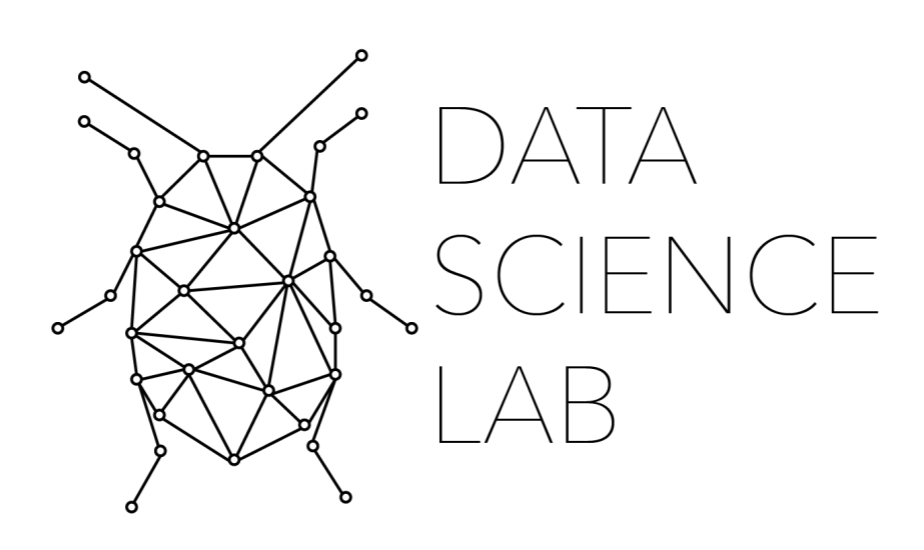This repository is a free JupyterBook that introduces readers to Python. It presumes no knowledge on the part of the reader about programming in general or knowledge of data.
PREFACE
Preface
PART ONE: The Basics of Python
- Introduction to Python
- Data and Data Structures
- Loops and Logic
- Formal Coding: Functions, Classes, and Libraries
- Formal Coding: Functions, Classes, and Libraries
- Working with Data on the Web
PART TWO: Data Analysis with Pandas (Work in Progress)
- Introduction to Pandas
- Working with Data in Pandas
- Searching for Data
- Advanced Pandas
PART THREE: Natural Language Processing with spaCy
- Introduction to spaCy
- Rules-Based spaCy
- Solving a Domain-Specific Problem: A Case Study with Holocaust NER
PART FOUR: OTHER APPLICATIONS OF PYTHON
- Topic Modeling in Python
- Text Analysis with BookNLP
- Social Network Analysis
PART FIVE: DESIGNING AN APPLICATION WITH STREAMLIT
- Introduction to Streamlit
- Advanced Streamlit Features
- Building a Database Query Application
Mattingly, William. Introduction to Python for Digital Humanities, 2022. python-textbook.pythonhumanities.com.
This Python Textbook was created during my postdoctoral fellowship at the Smithsonian Institution's Data Science Lab with collaboration at the United States Holocaust Memorial Museum. It would not have been possible without the help of Rebecca Dikow, Mike Trizna, and those in the Data Science Lab who listened to, aided, and advised me while creating these notebooks. I would also like to thank the content experts at the USHMM, specifically Michael Haley Goldman, Michael Levy, and Robert Ehrenreich.
| Data Science Lab | Smithsonian | USHMM |
|---|---|---|
 |
 |
 |